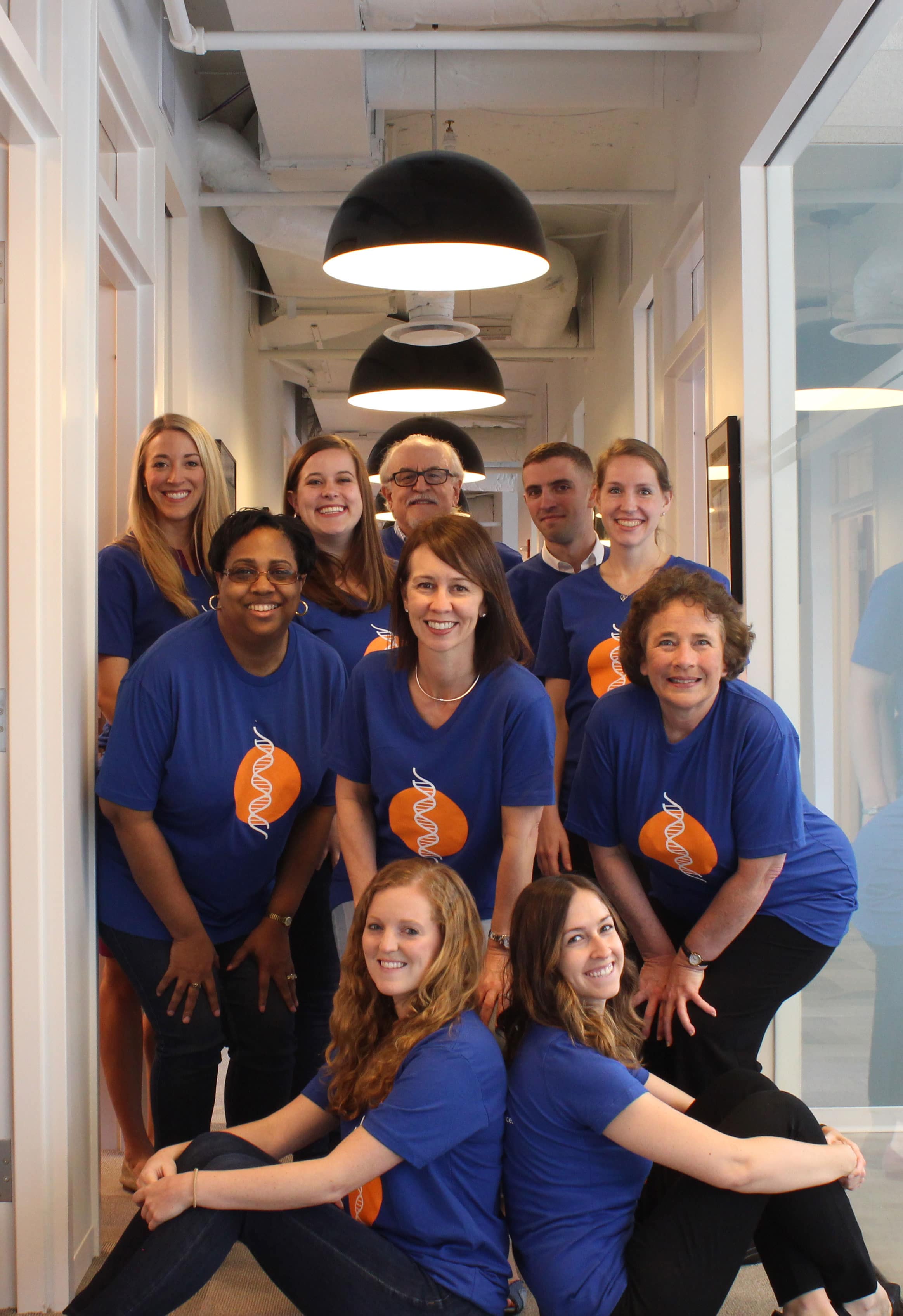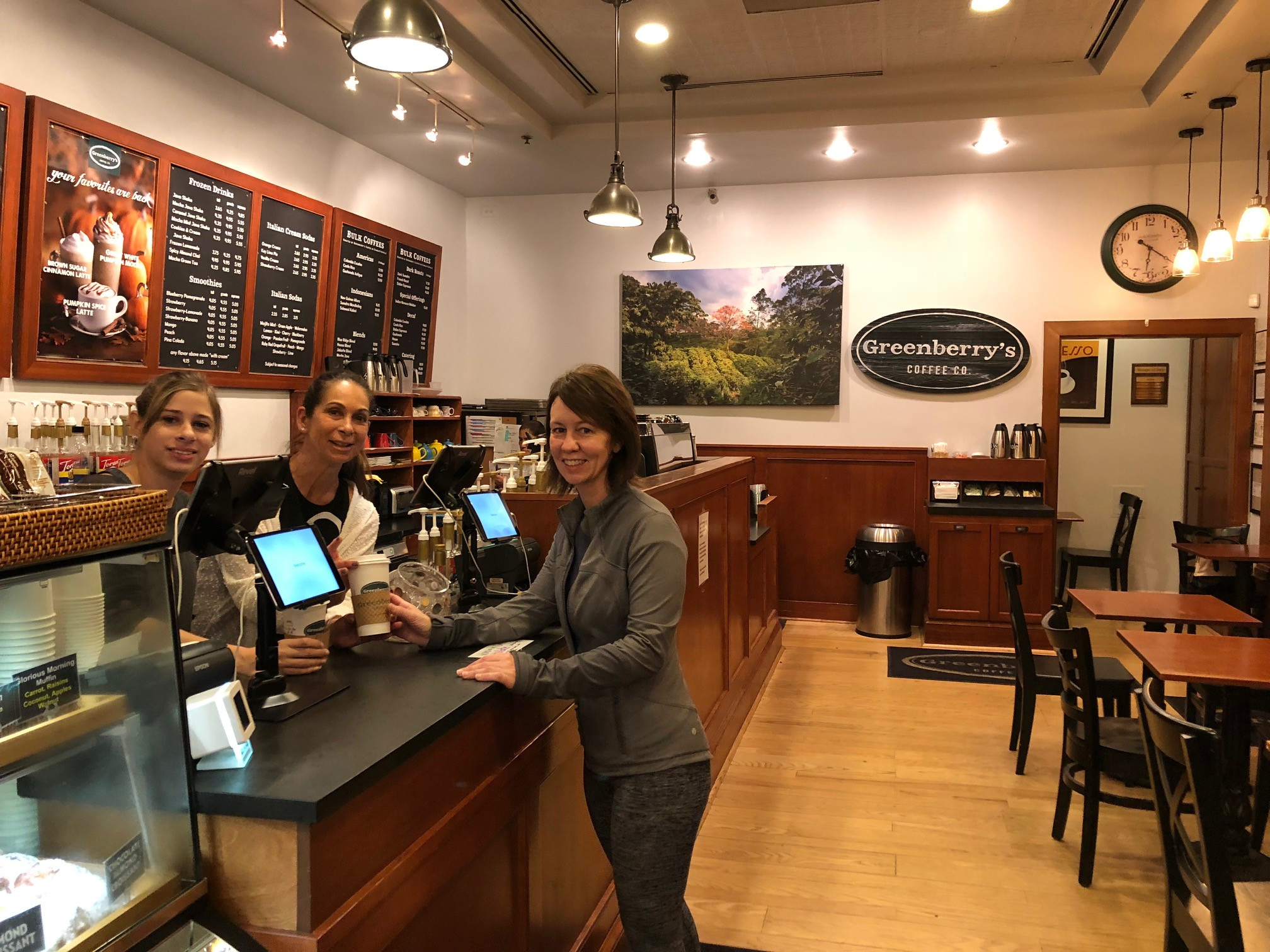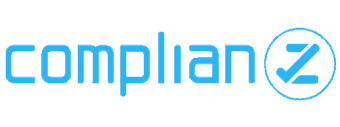Growth Spurt. Excitement at Age 3
When we started our adventure three years ago, we felt the thrill of the new: a new name, new logo, new offices, new furniture, new benefits, new opportunities. And even new coffee shops and fresh new lunch options in our spiffy new Dupont Circle home.
As we celebrate our third anniversary today, we are filled with a surge of energy, a sense of momentum, and great excitement about how far we have come and how much further we want to go, together. Kind of like a growth spurt of an excited 3-year old.
We recently were honored to be named one of the best new agencies of the year by PRSA’s National Capital Chapter, and PR News recognized The Reis Group as one of the best places to work. In fact, in our three years in business, we have won 9 industry awards, and I couldn’t be prouder.
Our clients are leaders in advancing some of the country’s most pressing health and social causes. Many are focusing on new ventures in exploring health, well-being, complementary medicine, and the social determinants of health. Science promotion is more exciting than ever, as we move closer to finding a way to prevent devastating diseases ranging from childhood cancers to Alzheimer’s. Other clients are researching the hidden drivers of health care costs and educating the public. We continue to be in awe of our client partners who are incredibly smart, talented, and committed to making the world a better place.
As we enter our fourth year, we are growing in our personal lives, too. Tamara Moore, vice president, just this week gave birth to a beautiful baby boy. Our colleague Kathleen Petty, account supervisor, is expecting her first child later this year. And my own baby just graduated from high school and is heading off this fall to college!
To our current clients, partners, and friends, we are grateful for you. You are the heart and soul of our success. We deeply value your support.
To my amazing colleagues, I am honored to be with you on this continuing adventure.
Thank you.
Sharon











